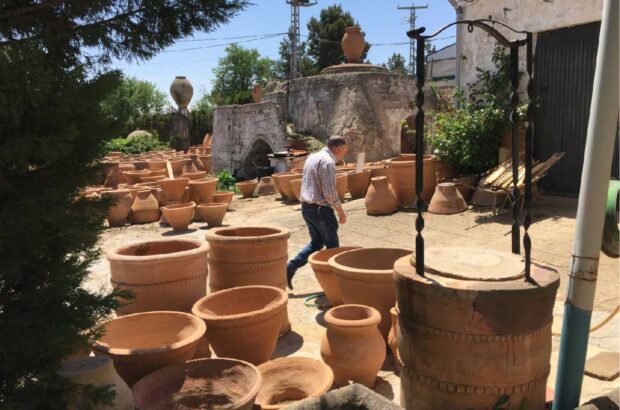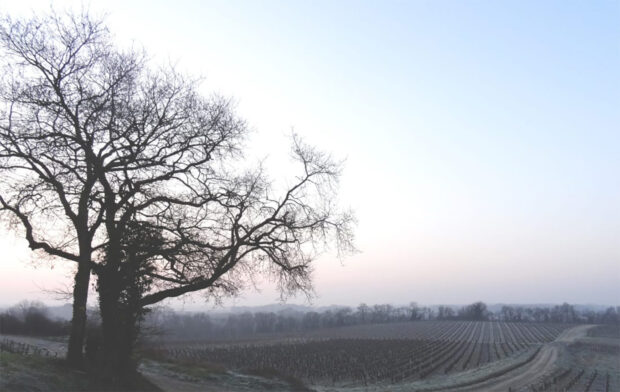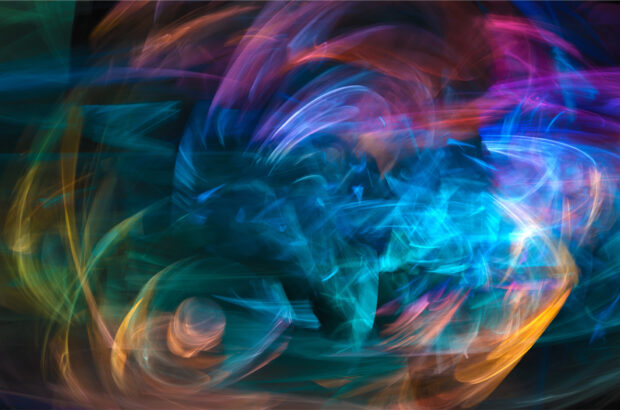- On average truly great Champagne vintages come along only three times a decade.
- 1990 was the best all-round vintage since 1982.
- Between the 1990 vintage and the good 1995 no truly classic vintages occurred
- 1995: this vintage threatens to outshine the great 1990
More often than not, the flavours of Champagne vintages are the product of selection process, rather than being an expression of a specific year. Some growers use no reserve wines from previous years in their blend, thus the sole difference between their non-vintage and vintage Champagne from the same year can only be a matter of selecting the best wines for the vintage cuvée.
What criteria determine a true vintage wine as far as serious, quality-conscious Champagne producers are concerned? A good rule of thumb is that the grapes need to have a potential alcohol in double figures and boast at least eight grams per litre total acidity.
If you are visiting the region during harvest time and a champenois tells you that it is a Chardonnay year and then waffles on about that variety, you can bet your last bottle of Dom Pérignon that it will not turn out to be a classic vintage. However, if you are told that it’s a Pinot Noir year, then it probably will be classic. And, if you are told that all three varieties have ripened evenly, you have struck lucky because it will be truly great vintage. On average such years come along only three times a decade. In the 1990s, only 1990 and 1996 can claim this distinction.
1990
The best all-round vintage since 1982, this year produced the ripest grapes since 1959. It is difficult for those who drank some of the heavier 1976s to accept that the grapes in 1990 were not just riper, but considerably riper. However, the extraordinarily high acidity and, particularly, the very large proportion of tartaric acid gave the wines an impeccable balance. When released even those that possessed great potential longevity were immediately accessible, although some have gone through an awkward developmental stage (exactly when depends on when they were disgorged), but will emerge even better than before and slowly building up complex bottle aromas over the next couple of decades.
The greatest 1990 tasted so far is, without doubt, the Beast of Bollinger, the Blanc de Noirs Vieille Vignes Françaises. No more than 3,000 bottles were produced, but there are a number of other Champagnes breathing down its neck: Philipponnat Clos des Goisses (not yet released); Salon (not yet released); Roederer Cristal; Roederer Cristal 2000 (a different cuvée, limited edition, bottled in Methuselahs); Billecart-Salmon Cuvée Nicolas-François (the best value among the very top 1990s); Cuvée William Deutz Rosé (probably the greatest rosé I have ever tasted); and Pol Roger Cuvée Sir Winston Churchill. A hair’s breadth behind these come Gosset Celebris, Veuve Clicquot La Grande Dame and Dom Pérignon in magnums.
1991
Between the great 1990 vintage and the very good 1995 there was a hiatus when no truly classic vintages occurred. Each summer promised an exciting quality, but hopes were dashed by rain during harvest. Through strict selection, however, some truly excellent vintage Champagnes were produced in the first three of these intermediate years.
Although 1991 is the least impressive of this trio, the following can slug it out with the best of the other two years and they will continue to improve for at least another 10 years: Vilmart Coeur de Cuvée in magnums; Philipponnat Clos des Goisses (not yet released); Taittinger Comtes de Champagne Rosé. Drappier offers the best value for current drinking, while Pommery, which is entirely grand cru, is undervalued in terms of both price and ageing potential.
1992
I keep changing my mind about whether this vintage or 1993 is the best because there are so many successes in both. In theory it should be 1992, but so far I have found more top 1993s. The best 1992s are Vilmart’s Cration IIIe Millénaire and Coeur de Cuvée. They are both quite extraordinary, although they exhibit a lot of new oak character (especially the Cration) and this may be off-putting for some purists. However, there is no denying the quality of fruit, which is simply stunning. Next comes Dom Pérignon, but it has a greenness to the fruit that needs a year or so to mellow.
The best value 1992s are Larmandier-Bernier Grand Cru Blanc de Blancs, Perrier-Jouët, Pommery Grand Cru, Duval-Leroy Fin de Siécle and Deux Mille Jours pour l’an Deux Mille from the cooperative at Mailly.
1993
There are so many terrific 1993s I want to recommend that I’ll just list them in order of quality: (1st) Roederer Cristal; (2nd) Roederer in magnums; Perrier-Jouët Belle Epoque Blanc de Blancs; (3rd) Taittinger Comtes de Champagne Blanc de Blancs; (4th) Roederer (75cl bottles); Taittinger Comtes de Champagne Rosé; (5th) Henri Mandois Cuvée Victor Mandois (the bargain of the vintage); Moët & Chandon Brut Impériale; Pol Roger; (6th) Drappier; Pierre Gimonnet Gastronome; Lanson; Jean-Michel Pelletier Cuvée Anaëlle and Roederer Blanc de Blancs
1994
Not a true vintage year, only cooperatives and growers are likely to release a number of its Champagnes. The best 1994 I’ve tasted, so far, has been Vranken Demoiselle Premier Cru, followed by Vollereaux Blanc de Blancs, but neither of these Champagnes are in the same league as other recommendations on this page. The 1994s cried out for reserve wine, as the superb Charles Heidsieck ‘Mis en Cave 1995’ (60% 1994 plus 40% reserve wine) ably demonstrates.
1995
A universally declared vintage, despite the fact that the grapes did not achieve true vintage ripeness on a regional basis. Most of the top producers have yet to release their 1995 offerings. However, the best of the wines, so far available, are Gimonnet Gastronome; Gimonnet Club de Viticulteurs; and Gardet Cuvée Charles Gardet followed by Drappier Cuvée Millénaire; Fluteau Cuvée Prestige; and GH Mumm (heralding a resurgence in quality under Dominique Demarville, the youngest of grande marque winemakers). After which Larmandier-Bernier Vieilles Vignes de Cramant and Le Mesnil Cuvée Réserve Sélection.
1996
From the tasting and analyses of the base wines, this vintage threatens to outshine the great 1990. However, the selection of samples are just beginning to arrive as I write, so readers will have to beg, borrow, steal or even purchase a copy of my Champagne & Sparkling Wine Guide 2001 in order to receive the first report on the 1996 vintage.
1997
A true vintage that promises to be a superior version of 1992 but, yet again, we’ll have to wait and see just how classic it turns out to be.
1998
Technically not quite as good a vintage as 1997, but the base wines tasted a lot like 1993s and they are currently nudging their way past the 1992s. We will have to await the finished products before ranking this vintage against 1997.
1999
Parallels are being drawn with 1989 and like that year, the physiological ripeness of the grapes is, to say the least, somewhat unusual. The vintage was characterised by good sugars, low acidity (especially malic) and elevated pH. In 1989, only those wines that were the product of ultra-careful vinification, very strict selection, skilful assemblage and released late ever lived up to the early hype. Bearing that in mind, my guess is that the best of 1999 will again be the last to be released and that the style of these wines will be like a melange of the 1985s and 1989s.
Tom Stevenson is the author of Christie’s World Encyclopedia of Champagne & Sparkling Wine and the Champagne & Sparkling Wine Guide (Dorling Kindersley.)












